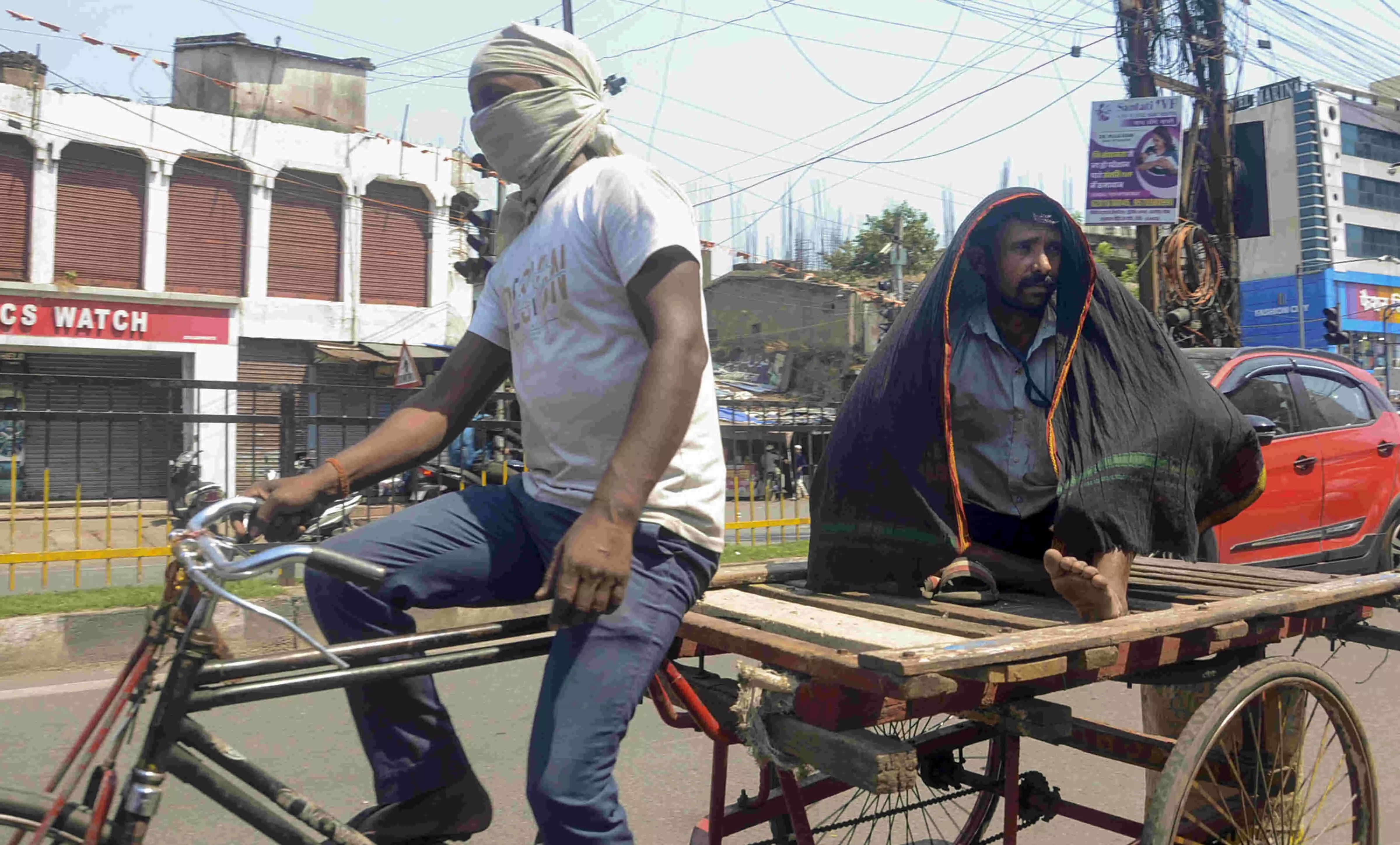Summer Siege

India’s cities are hurtling towards a dangerous climatic tipping point. For the third summer in a row, the country is witnessing prolonged heatwaves and record-breaking temperatures across major urban centers. The Indian Meteorological Department (IMD) has already issued red alerts for states like Rajasthan, Uttar Pradesh, and Delhi-NCR, as maximum temperatures soar beyond 45°C. While rural India has long borne the brunt of nature’s fury, it is urban India—crowded, chaotic, and concrete—that is fast emerging as the frontline of the climate crisis. The phenomenon of urban heat islands, where temperatures in cities are significantly higher than in nearby rural areas, is now a lived reality for millions. Poorly ventilated concrete buildings, asphalt roads, and a severe lack of green cover have turned India’s cities into pressure cookers during the summer months. A recent study by the Centre for Science and Environment revealed that over 70 Indian cities now report heat differentials of 4–6°C compared to their surroundings, severely impacting public health, productivity, and basic urban life. Yet, this escalating urban climate emergency has not been matched by proactive policy reform or targeted mitigation strategies.
While governments at both central and state levels have taken some steps—such as issuing heatwave warnings and providing temporary relief shelters—these measures remain reactionary, insufficient, and often too little, too late. India’s urban infrastructure is fundamentally unprepared to handle the growing intensity of extreme weather events. Slums and informal housing—where more than 100 million urban Indians reside—are most vulnerable. These settlements lack insulation, access to potable water, or even basic healthcare access, making residents extremely susceptible to heatstroke and dehydration. Power grids routinely collapse under the burden of increased demand for air conditioning and cooling systems, while water shortages worsen as reservoirs dry up. Despite the increasing frequency of such conditions, few cities have a working Heat Action Plan (HAP). Those that do—like Ahmedabad, which pioneered India’s first HAP in 2013—often struggle with enforcement, public awareness, and coordination across agencies. Meanwhile, urban expansion continues unabated, with rampant deforestation and unchecked construction erasing any chance of environmental balance. The push for smart cities has largely prioritized digital infrastructure over climate-smart infrastructure, further exposing the shortsightedness of our urban development vision.
India cannot afford to be passive in the face of this mounting threat. The blueprint for a climate-resilient urban future must be rooted in long-term structural reforms and community-centric planning. Cities must urgently adopt green building codes that mandate the use of reflective materials, better insulation, and ventilation. Expanding urban green spaces—parks, tree-lined roads, green rooftops—is not just aesthetically desirable, but a scientific necessity. Rainwater harvesting, urban wetlands, and sustainable drainage systems must be integrated into new and existing city plans. Furthermore, heatwave management must move beyond advisories to institutionalised preparedness: early warning systems, emergency cooling centers, and community health outreach need to be scaled up. Funding for municipal bodies must be tied to their performance on climate indicators, and inter-departmental coordination must become the norm rather than the exception. This summer is not an outlier—it is the beginning of a new normal. India’s urban policy must now evolve to reflect this truth. We need to stop treating heatwaves as seasonal inconveniences and start treating them as climate disasters. Because if this summer teaches us anything, it’s that the climate clock for our cities is ticking fast—and we’re already behind.



